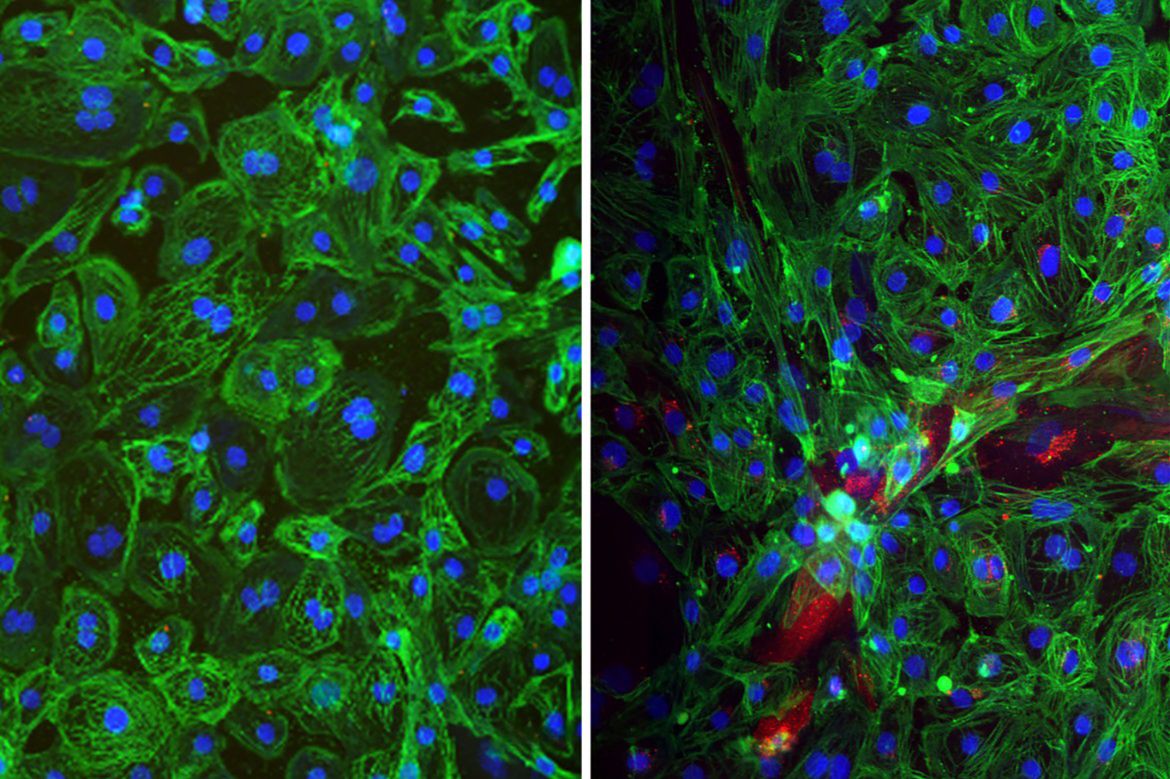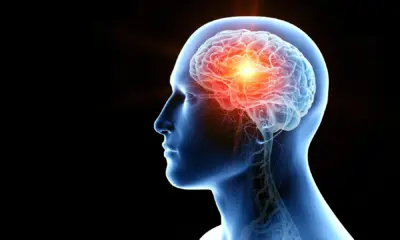Science
UCLA Scientists Create Mini-Organs to Uncover Hantavirus Threats

Researchers at UCLA have developed miniature organoid models derived from human stem cells to explore how hantaviruses, which are transmitted primarily by rodents, infect human tissues. This research comes in light of recent public interest following the death of classical pianist Betsy Arakawa, wife of actor Gene Hackman, attributed to hantavirus infection. Findings from this study, published in the journal PLOS Pathogens, reveal critical insights into the Andes virus, the only hantavirus known to spread between people, highlighting its potential health risks.
Understanding Hantavirus Infections
Hantaviruses have posed a global health challenge since the 1950s, particularly noted during the Korean War when they led to thousands of cases of hemorrhagic fever. Currently, these viruses continue to cause sporadic outbreaks worldwide, with mortality rates varying from 1% to 40%, depending on the strain. In the United States, the Sin Nombre virus has resulted in severe respiratory illnesses, while the Hantaan virus is associated with kidney disease in Asia.
Scientists express heightened concern regarding the Andes virus, prevalent in South America, due to its capacity for human-to-human transmission. Recent fatalities in New Mexico and California have further underscored the ongoing threat these viruses pose to public health. Dr. Vaithi Arumugaswami, senior author of the study and a member of the Eli and Edythe Broad Center of Regenerative Medicine and Stem Cell Research at UCLA, stated, “Hantaviruses pose a serious threat to public health, yet we know little about how they attack the human body.”
Innovative Research Techniques
Traditionally, researchers have relied on animal models, particularly hamsters, to investigate viral infection dynamics. However, the risk associated with hantaviruses necessitates biosafety level 4 containment, complicating these studies. To address this limitation, the UCLA-led team utilized human stem cells to cultivate organoids—three-dimensional miniaturized organs that replicate the structure and function of human tissues.
The researchers exposed these organoid models to three different hantaviruses: Andes, Hantaan, and Sin Nombre. The results revealed significant variations in how these viruses interact with tissues. The Andes virus was found to infect all tested cell types, including lung epithelial and endothelial cells, cardiomyocytes, and astrocytes. In contrast, the Hantaan virus targeted heart and brain cells more selectively, while the Sin Nombre virus predominantly affected lung endothelial cells. “This is the first evidence that Andes virus can replicate efficiently in human lung organoids,” said Arunachalam Ramaiah, co-senior author of the study.
The research also identified alarming disruptions caused by the Andes virus in cellular metabolism. In lung cells, the virus incited inflammation and injury while impairing cholesterol and fat-processing pathways. Similarly, in heart organoids, the virus compromised cellular structures, disrupting the rhythmic beating of heart cells. “The virus reprograms cell metabolism to favor its own survival,” Arumugaswami noted, “and that disruption may contribute to the severe lung and heart damage seen in patients.”
Potential Treatment Options
Currently, there are no approved treatments or vaccines for hantavirus infections. To fill this gap, the research team tested a variety of potential drugs within their human cell model system. They discovered that urolithin B, a natural compound found in certain fruits and nuts, significantly inhibited Andes virus infection. Notably, this compound also restored normal metabolism in infected cells without affecting healthy cells. Another promising candidate, the antiviral medication favipiravir, which is already approved in Japan for treating influenza, also demonstrated efficacy in blocking the virus.
“Two compounds, urolithin B and favipiravir, showed real promise in blocking Andes virus,” said Nikhil Chakravarty, a co-author and medical student at California University of Science and Medicine. “It’s early work, but it points us toward the possibility of new therapies where none currently exist.”
While hantavirus infections remain relatively uncommon in the U.S., environmental changes driven by climate shifts could heighten the risk of transmission as rodent populations encroach upon human habitats. “The impacts of climate change may bring people into more frequent contact with hantavirus carriers,” noted Arjit Vijey Jeyachandran, the study’s first author. “That makes it even more important to understand how these viruses spread—and how we can stop them.”
This research underscores the critical need for further investigation into hantavirus infections, with the potential for new treatment strategies on the horizon. The study was supported by the National Institutes of Health and involved contributions from a diverse team of researchers at UCLA.
-

 Technology4 months ago
Technology4 months agoDiscover the Top 10 Calorie Counting Apps of 2025
-

 Health2 months ago
Health2 months agoBella Hadid Shares Health Update After Treatment for Lyme Disease
-

 Health3 months ago
Health3 months agoErin Bates Shares Recovery Update Following Sepsis Complications
-

 Technology3 weeks ago
Technology3 weeks agoDiscover 2025’s Top GPUs for Exceptional 4K Gaming Performance
-

 Technology2 months ago
Technology2 months agoElectric Moto Influencer Surronster Arrested in Tijuana
-

 Technology4 months ago
Technology4 months agoDiscover How to Reverse Image Search Using ChatGPT Effortlessly
-

 Technology4 months ago
Technology4 months agoMeta Initiates $60B AI Data Center Expansion, Starting in Ohio
-

 Technology4 months ago
Technology4 months agoRecovering a Suspended TikTok Account: A Step-by-Step Guide
-

 Health4 months ago
Health4 months agoTested: Rab Firewall Mountain Jacket Survives Harsh Conditions
-

 Lifestyle4 months ago
Lifestyle4 months agoBelton Family Reunites After Daughter Survives Hill Country Floods
-

 Technology3 months ago
Technology3 months agoUncovering the Top Five Most Challenging Motorcycles to Ride
-

 Technology4 weeks ago
Technology4 weeks agoDiscover the Best Wireless Earbuds for Every Lifestyle





















